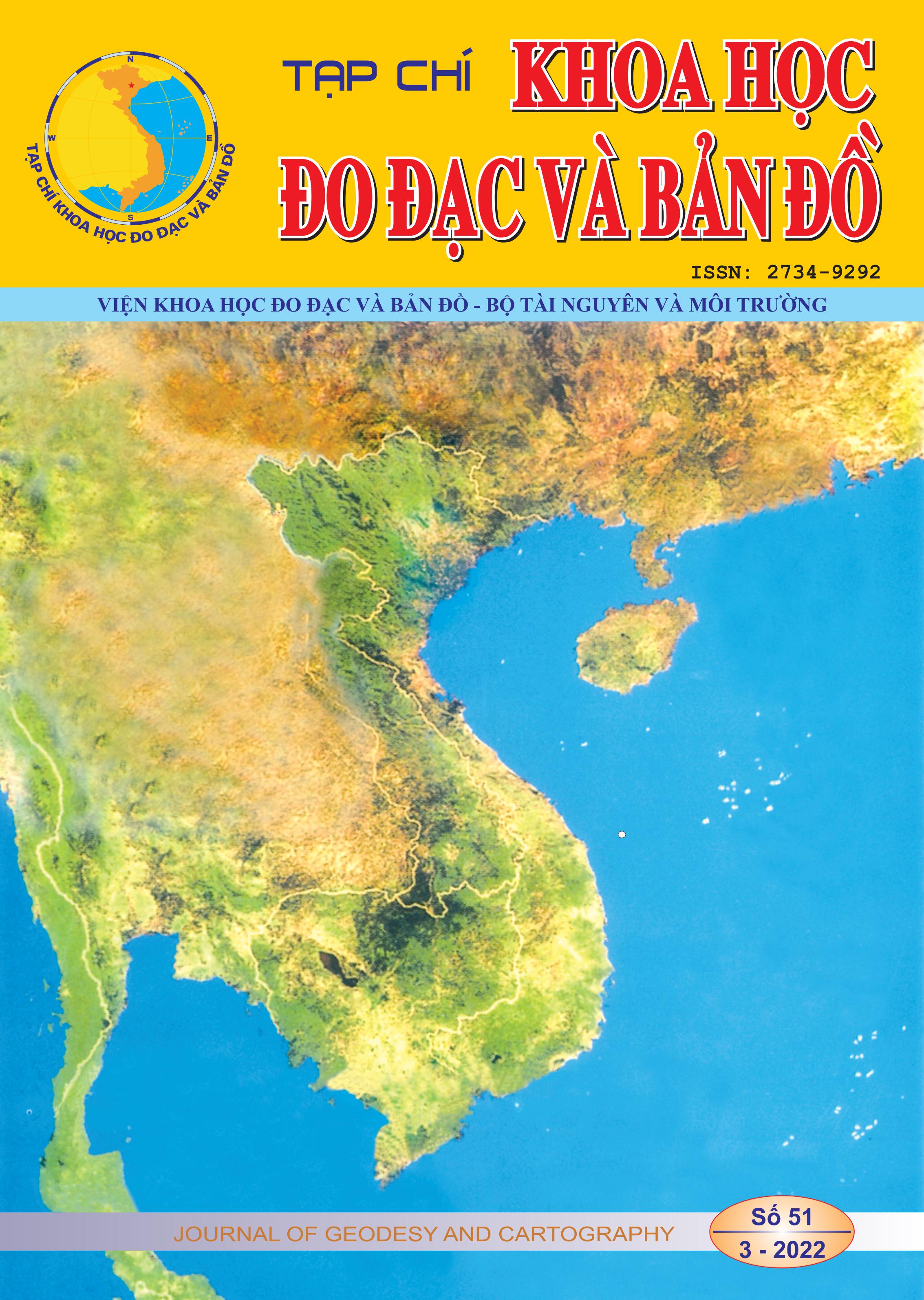Abstract
3D model of objects has become a useful tool for engineers to assess the current status of the structure. LiDAR technology has the advantage of gathering dense and accurate data in a short time for 3D model generation. In this study, the 2D line laser scanner Hokuyo UTM 30LX, which is cheaper than a 3D scanner, is used to generate a 3D point cloud model of a small function room. Using a 2D laser scanner makes the cost much lower than the others. The algorithm is developed by the R programming language to generate a 3D point cloud from laser scan data. The laser scanner is attached to a special aluminum frame equipped with a rubber railway to reduce vibration and a programmable speed motor. In order to get a full image of the room, the scanner has to be set up 4 times in different positions to cover the full scan sight. Moreover, the precise point cloud requires constant speed during data collecting and the scanner moves along the track in vertical direction. Raw data is processed through a script written in R language to produce the point cloud for each scan. By using the Cloud Compare application, 4 point-clouds are combined to make a full image of the structure based on the structural characteristic of each point cloud so that we can find common points between each point cloud. As a result, a 3D point cloud is generated allowing engineers to visualize the 3D image of the room, hologram in specific. Then, the point cloud is colorized and has been performed to reconstruct the 3D model of the room using Revit software. However, the dense point cloud requires a significant amount of time to process

